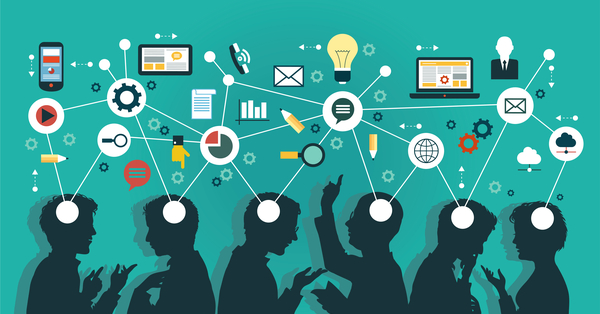This week, I learned that the combination of personalized learning and AI might give us an unprecedented experience. Personalized learning is an approach to education, precisely one that tailors learning to each student’s interests, strengths, needs, skills, abilities, background, and experience. Further, it is about engaging learners actively in their own education and moving away from passive learning.
What is Personalized Learning?
I used Duolingo two years ago when I was learning Japanese and Korean. Throughout my use of it, I found things I really liked about it. Duolingo allows me to learn a language step by step, from easy to difficult. And I always learn in context, increasing my ability to remember words and language usage. As learning progresses and language skills improve, we can interact with the content in different ways. At this point, AI algorithms using deep learning can predict the probability that a user will recall a word in a given context at any given moment and then calculate the content that the user needs to practice the most. This algorithm analyzes the user’s data and then designs a personalized learning experience for them. By the way, Duolingo also offers AI-powered chatbots that can automatically talk to and teach language to users through language within the app. Not only does the bot help users practice verbal communication to improve their language skills, but the more it is used, the smarter the chatbot itself becomes.
I think the fact that the training data used are primarily from English language learners will affects the user experience in other languages to some extent. Because I think it may be more effective to set up different study programs for different languages. Since each language has its own characteristics, it is very important to set up a study program that suits the different languages.
Reference
Youtube:https://www.youtube.com/watch?v=hfpmhmPira4&t=94s
VentureBeat (2022), How Duolingo is using AI to Humanize Virtual Language Lessons, accessed Nov 11, 2022

3 replies on “W12: The Personalization of Learning”
HI Jialong,
Thank you for sharing your blog post this week. I had a similar experience with Duolingo and it’s effectiveness at teaching languages. As for the training data being largely English, I had different thoughts and actually thought it would be beneficial, however after reading your reasoning, you brought up some really strong points; specifically how each language has its own characteristics.
Hi, Jialong
After reading your blog, I agree with your opinion of the training data used are primarily from English language learners will affects the user experience in other languages because each language has its own characteristics. It is a great point I noticed as well. Most language learning is too formulaic. Yes, we learned the language, but never use them because native speaker doesn’t speak in this way. So, it can only be used in reading and writing. There is the same problem in Duolingo, but it is a little better than textbook. Did you use what you learn in Duolingo before?
Ling Jiang
Hi Jialong,
your blog is very well written. I also used Duolingo when I was learning Japanese, so I very much agree with you that Duolingo’s AI algorithm can effectively find the part of the content that learners need to practice the most and calculate the most suitable content for learners at the moment, which is very good at helping learners to move from easy to hard. But it was the first time I learned that Duolingo had an AI chatbot, which wasn’t available when I was using it. It also shows that with the rapid development of technology now, there will be more and more combinations of AI and learning and more diverse learning methods.
Ri Zhou